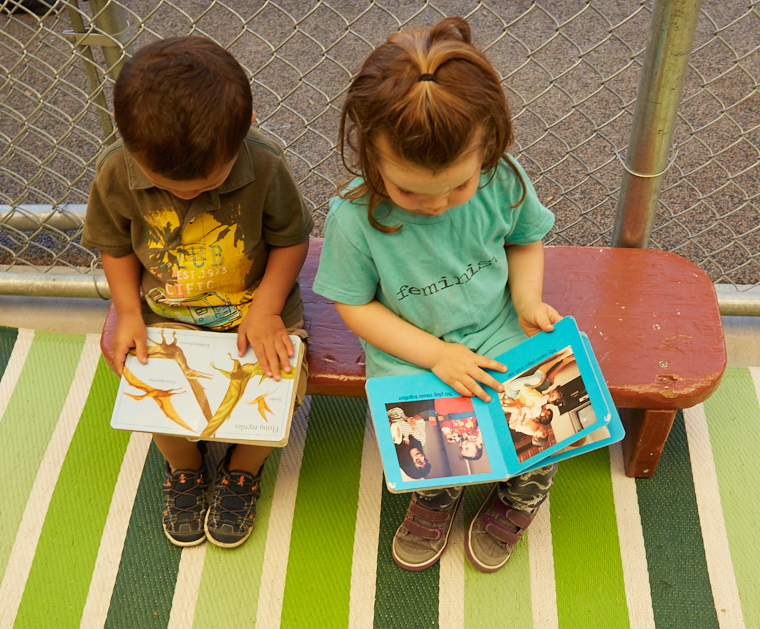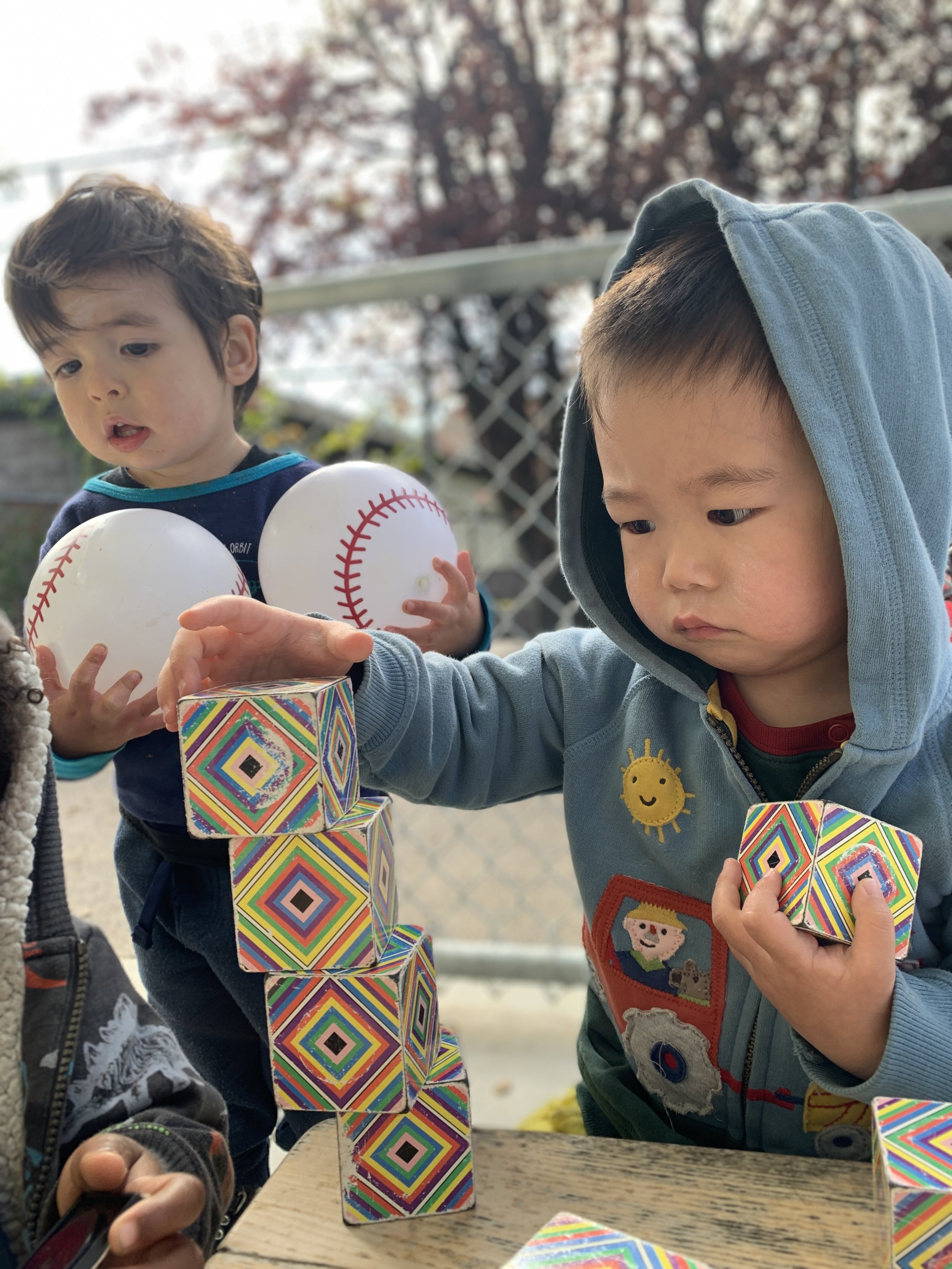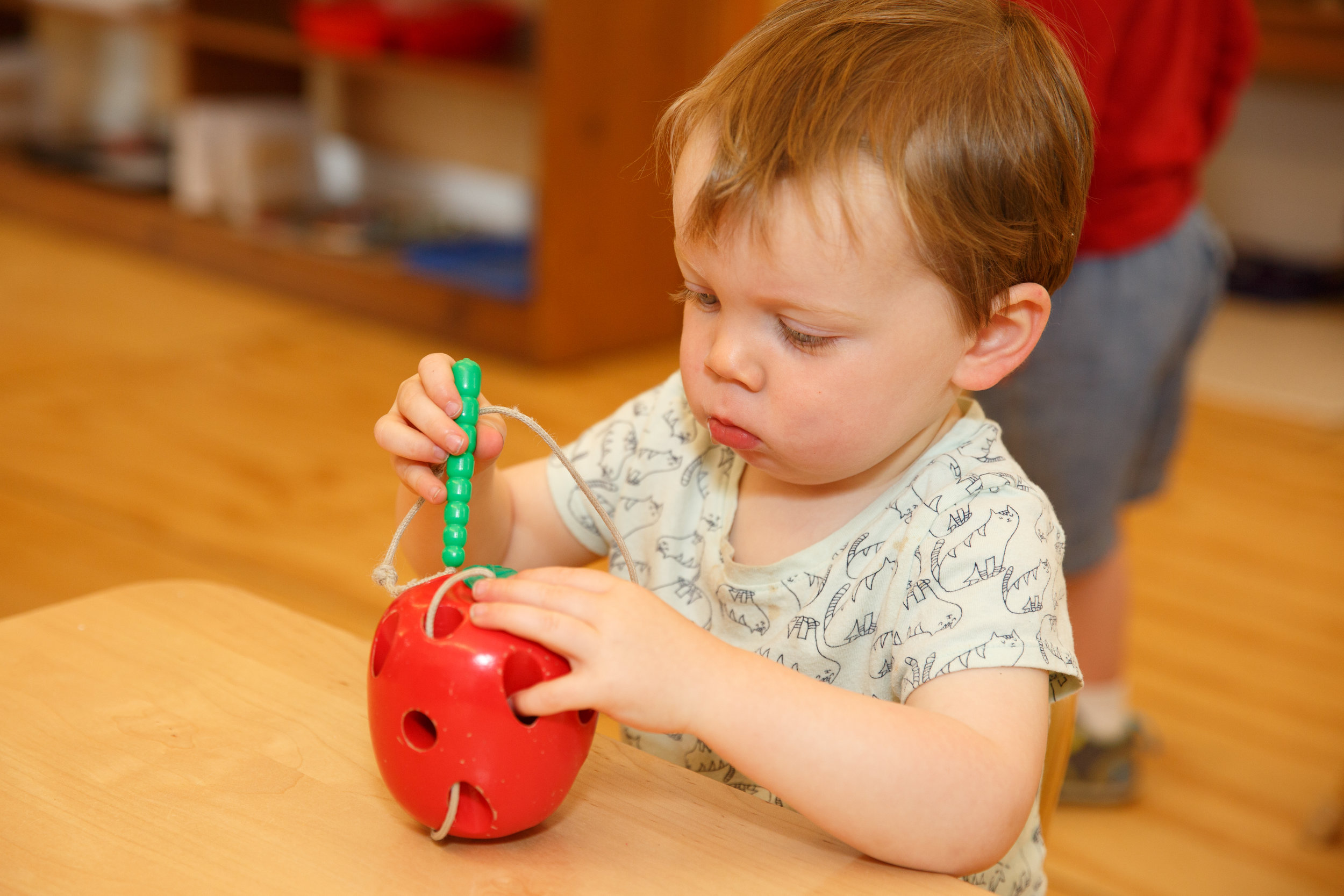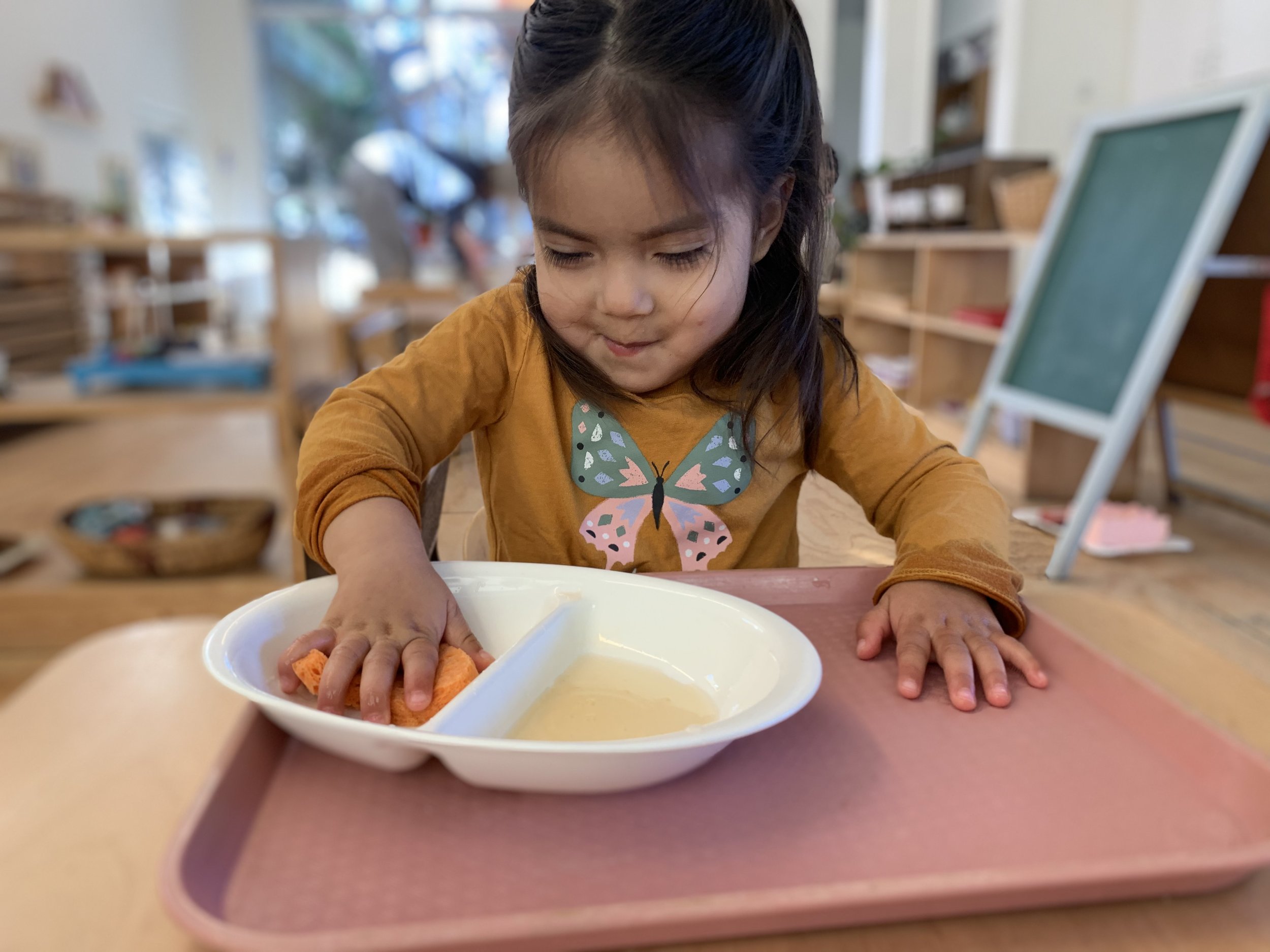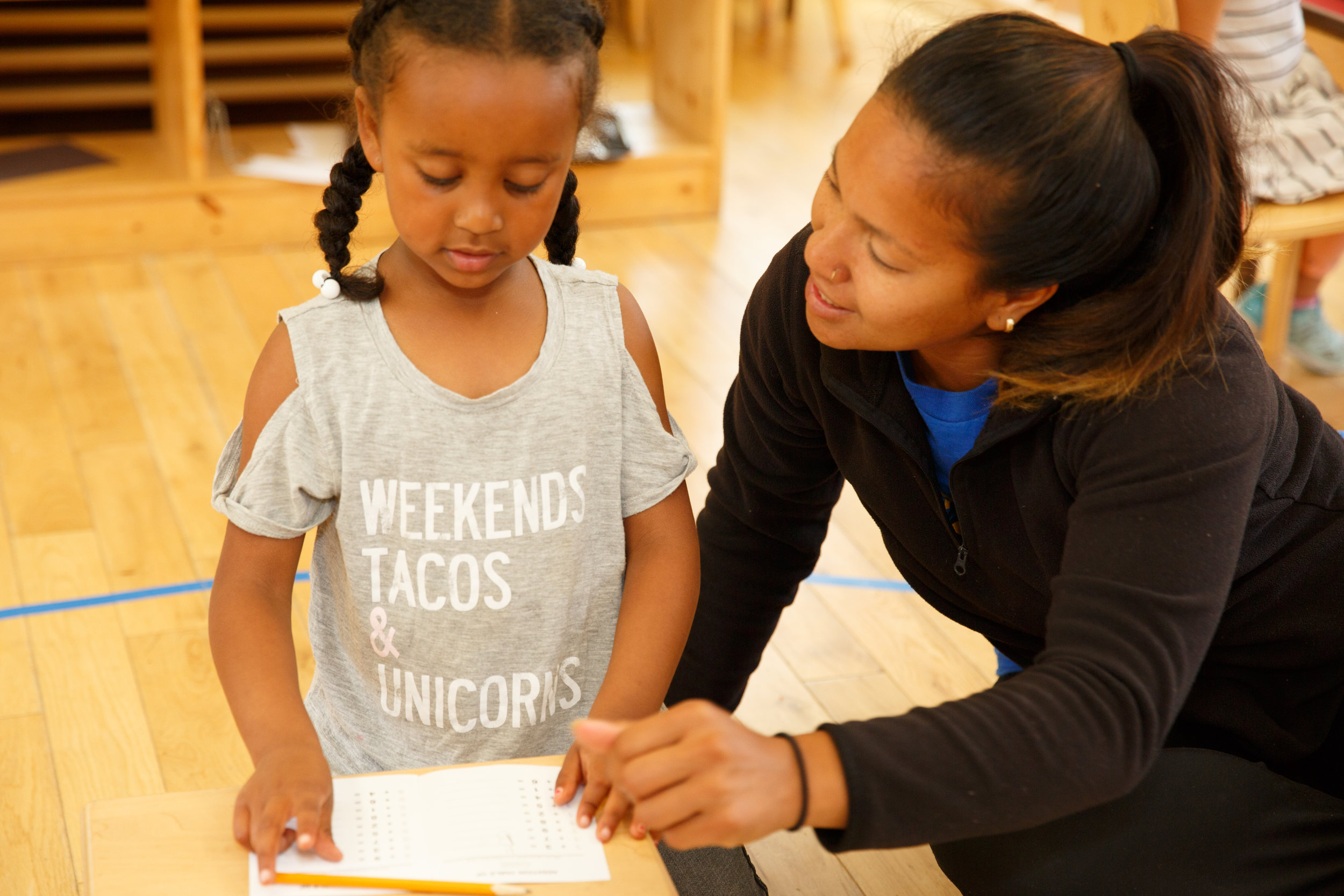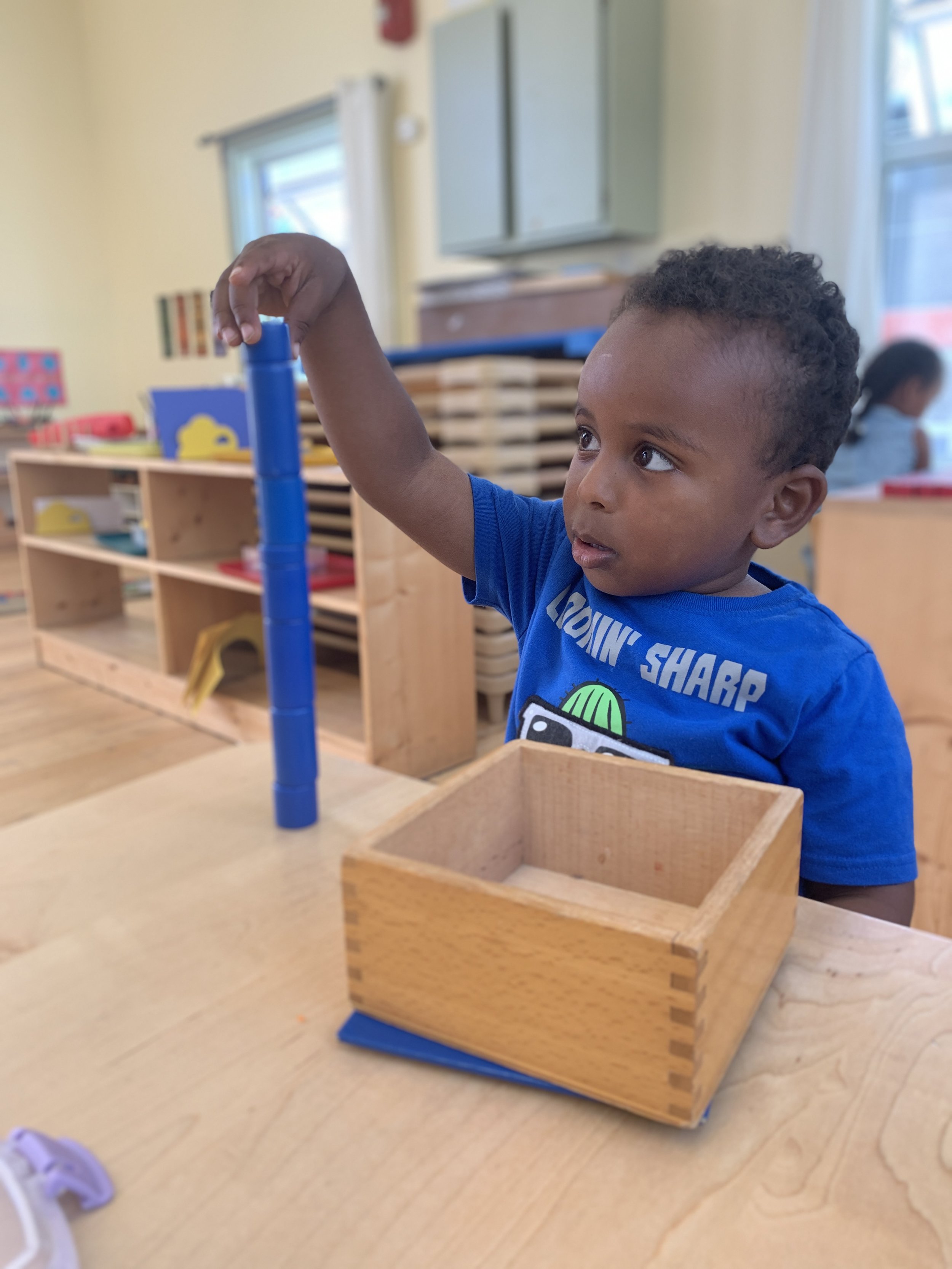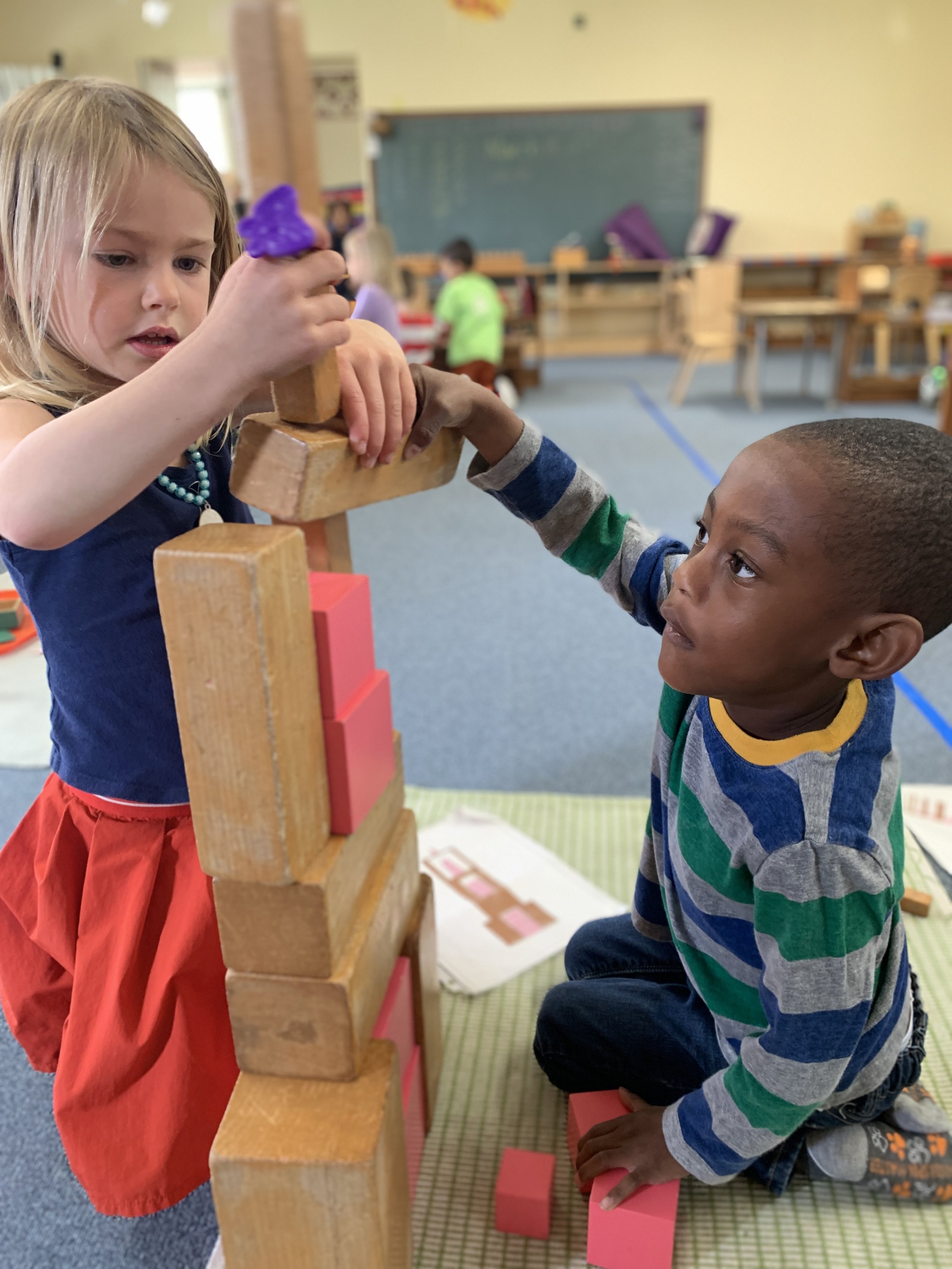Program Overview
PURPOSE
Nia House is inspired by the pioneering work of Dr. Maria Montessori. Nia is a Swahili word, meaning purpose. The purpose of our "house" (a reference to Dr. Montessori's "Children's House") is to provide a program that meets the needs of all children. We believe that given a properly prepared environment (both physical and social), the natural unfolding of the child will occur and their experiences with the world will be enriching and strengthening, allowing them to grow into successful adults.
VISION
Our vision is for Nia House students, having gathered the tools to become independent lifelong learners who are ethically and environmentally aware, to become future leaders in a world wherein each person carries the values necessary for peace, harmony, and equality.
STAFF
Professionally trained Montessori teachers staff Nia House. The diversity of the staff provides an authentic reflection of the greater community. The harmony and cooperation of this diverse staff is an example to the children of how people of different backgrounds can respect each other and work in harmony.
SOCIO-ECONOMIC DIVERSITY
Currently, Nia House receives funds from the City of Berkeley and parents’ fees. The City money fluctuates year to year and is targeted for poverty-level families. Nia House also provides scholarships to 42-48% of our families. Qualifications for scholarships are based on family size and income for those below the state median income. These scholarships enable Nia House to support families who are struggling to economically stabilize their families.
Nia House is committed to socio-economic and racial equity. Click here to learn more about our Race Equity & Financial Aid Plan.
Toddler Program
CURRICULUM GOALS
Our youngest learners at Nia House are aged 18 months to 3 years.
Nia House’s goal is to help children to become and remain: naturally independent, socially responsible, confident, physically capable, curious and motivated learners.
Maria Montessori believed that the impressions and information that the child unconsciously absorbs at the earliest stages of life from the environment is used to construct and create the self.
Nia House supports each child in the process of self-creation through our prepared environment and observant and responsive teachers.
Several developmental tasks according to Montessori are:
MOVEMENT- developing competence in gross and fine motor skills, balance, becoming aware of spacial relations;
ORDER- becoming conscious of, responding to, and contributing to the order and maintenance of the environment; and
LANGUAGE- responsible communication and understanding of the wants and needs of self and others, as well as cognitive experiences of grammar, vocabulary and syntax.
Activities in the toddler program are designed to help the child connect to the world through each of their senses. There are daily opportunities for touching, seeing, hearing, tasting, smelling, and refining perceptions. Each child’s day is also spent learning and practicing simple self care and care of the immediate environment, uninterrupted and at the child’s own pace.
Primary Program
CURRICULUM GOALS
The Nia House preschool includes the traditional Montessori three year primary plan.
At age three, the child starts to be introduced to the environment (the outside play yard and the inside classrooms). The child learns care of self, and appropriate language skills to use with peers.
At age four, the child expands from care of self, to care of environment, and knowledge of many classroom materials.
Around ages five and six, the children start to care for peers and to master the materials in the environment. The Kindergarteners become leaders in our school community and teachers for their peers. They thrive in their leadership roles.
According to Dr. Maria Montessori, the four main goals of all Montessori materials are:
CONCENTRATION
ORDER
COORDINATION
INDEPENDENCE
With these four skills, children can have great success in learning about Math, Art, Language, Culture, Botony, Zoology, Sensorial education, and Practical Life.


